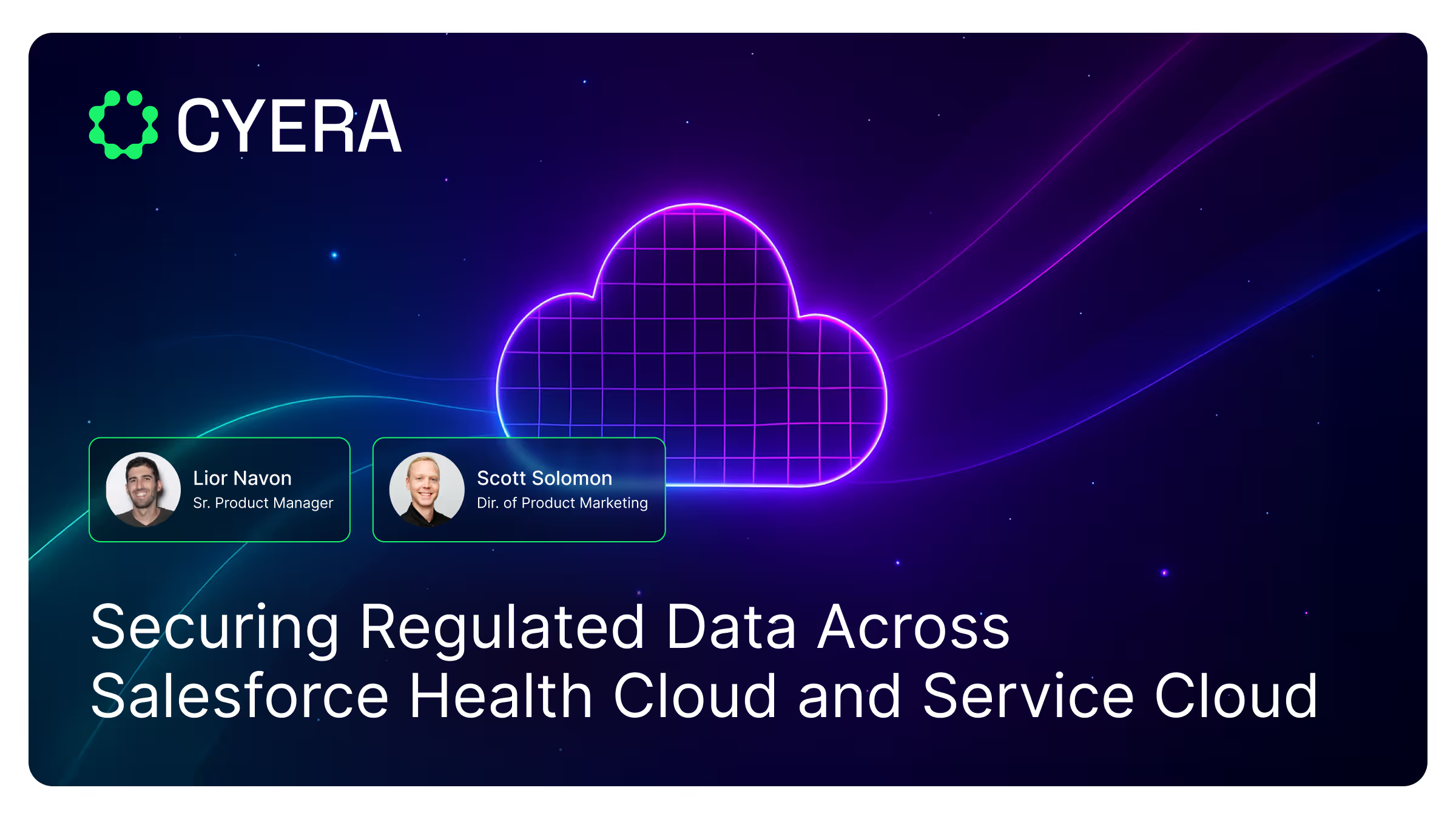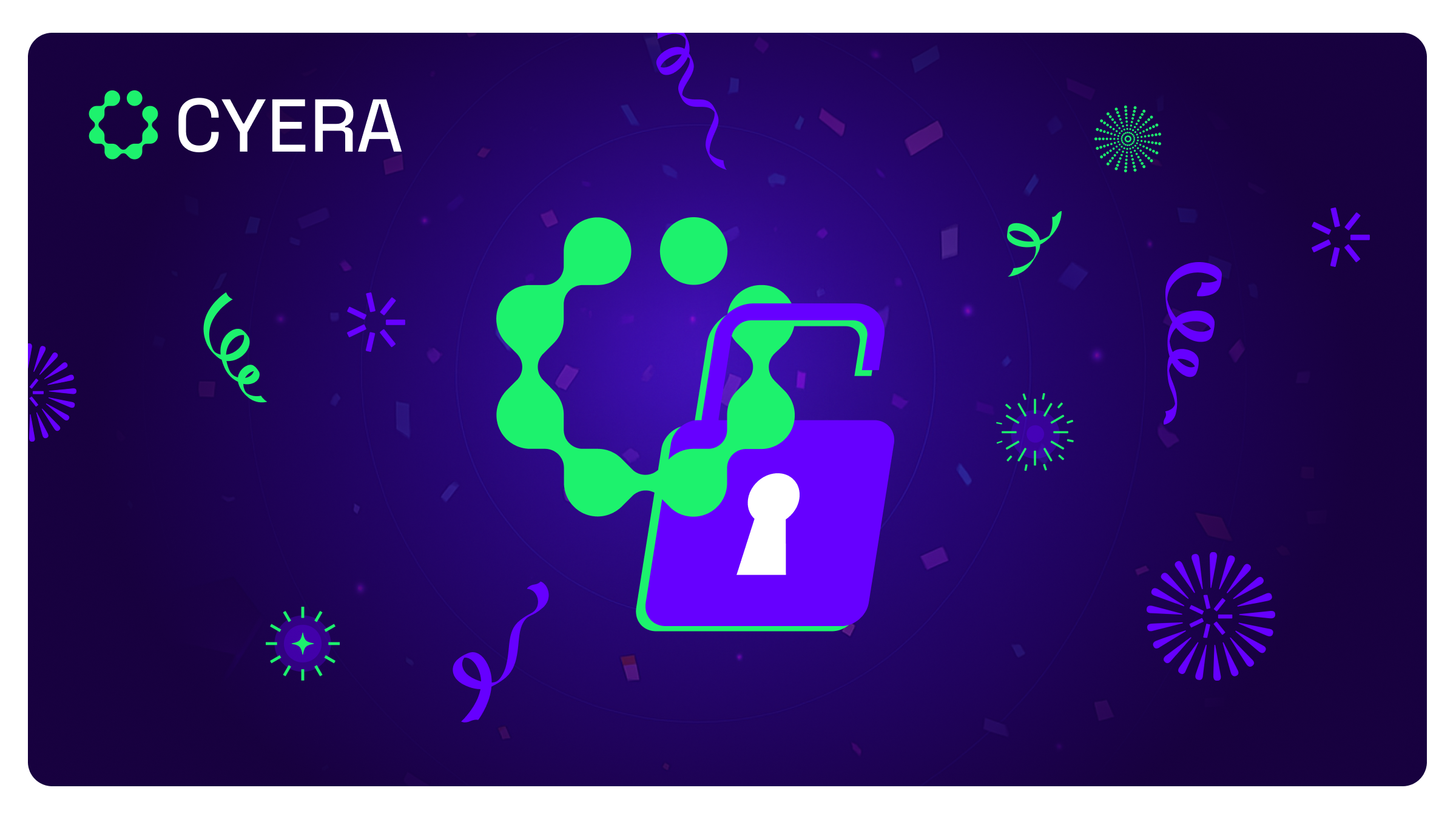Securing Regulated Data Across Salesforce Health Cloud and Service Cloud

Salesforce isn’t just about sales. Today, enterprises run customer service operations in Service Cloud, patient care programs in Health Cloud, and of course, core business processes in Sales Cloud. Each holds sensitive data, from sensitive customer support tickets to medical histories to regulated financial records. Protecting this data requires visibility and control across structured and unstructured records, no matter which cloud they live in.
Why Salesforce Needs a Broader Security Lens
Salesforce data is subject to some of the toughest compliance requirements, including HIPAA, PCI DSS, GDPR, and many others depending on your organization’s industry, location, and size.
Without the ability to identify and classify this information (rapidly and at scale), security leaders are left with blind spots that undermine data protection efforts, compliance, and customer trust.
At a high-level, there are three core challenges.
1. Sensitive data hidden in structured and custom objects
Salesforce accumulates massive amounts of sensitive data across both standard and custom fields. In large environments, security teams lack visibility into what sensitive data they have and where it resides. Without automated discovery and classification, organizations often struggle to identify risks and remediate them, leaving them exposed.
2. Unstructured data embedded in business workflows
Case notes, attachments, and chat histories carry enormous volumes of sensitive information that traditional security tools (leveraging RegEx-based classification) struggle to classify. If unstructured data routinely slips through the cracks, organizations will struggle to keep data risks in check.
3. Regulated data subject to strict mandates
Organizations in healthcare, financial services, and other regulated sectors rely on Salesforce for critical workflows that involve PHI, Payment Card Information (PCI), and PI. As a result, regulated data must be identified, risks must be prioritized, and action needs to be taken. However, at scale, this is often an illusive objective.
Best Practices for Salesforce Security
.png)
Securing Salesforce requires rapid and ongoing data visibility with high classification precision at scale. This means organizations need:
- Coverage for both structured and unstructured data: Full visibility into sensitive information stored in Salesforce objects as well as files and attachments.
- Protection of customer support interactions: Classification and monitoring of Service Cloud records, including tickets, chats, and case histories.
- PHI safeguards: Detailed scanning and classification of Health Cloud data to meet HIPAA and other regulatory requirements.
- Unified visibility across clouds: A unified view of data and prioritized risk detection with coverage across multiple Salesforce Clouds, such as Sales Cloud, Service Cloud, and Health Cloud.
With this foundation, organizations can enforce data protection policies confidently, knowing that sensitive information is being managed consistently across the Salesforce ecosystem.
Benefits of Unified Visibility Across Salesforce Clouds
Moving from fragmented security to unified Salesforce coverage delivers several concrete benefits:
- Compliance-ready visibility: By discovering and classifying sensitive data across structured fields and support records, organizations can demonstrate compliance with regulations like GDPR, HIPAA, and PCI DSS.
- Operational simplicity: A single approach across Salesforce clouds reduces manual work and eliminates the need for piecemeal tools or siloed processes.
- Stronger customer and patient trust: Demonstrating control over regulated data builds confidence with customers, patients, and regulators alike.
Take the Next Step with Cyera
The path forward is clear: organizations need to bring structured and unstructured Salesforce data under a single, consistent security umbrella. That means discovering and classifying sensitive information across all Salesforce environments, applying policies uniformly, and closing the blind spots that put compliance and trust at risk.
If your team is ready to strengthen Salesforce security with a unified approach, now is the time to act. With the right tools and practices, securing regulated data across Salesforce Health Cloud, Service Cloud, and Sales Cloud doesn’t have to be complex. It can be systematic, scalable, and effective. Request a demo today.
Gain full visibility
with our Data Risk Assessment.



